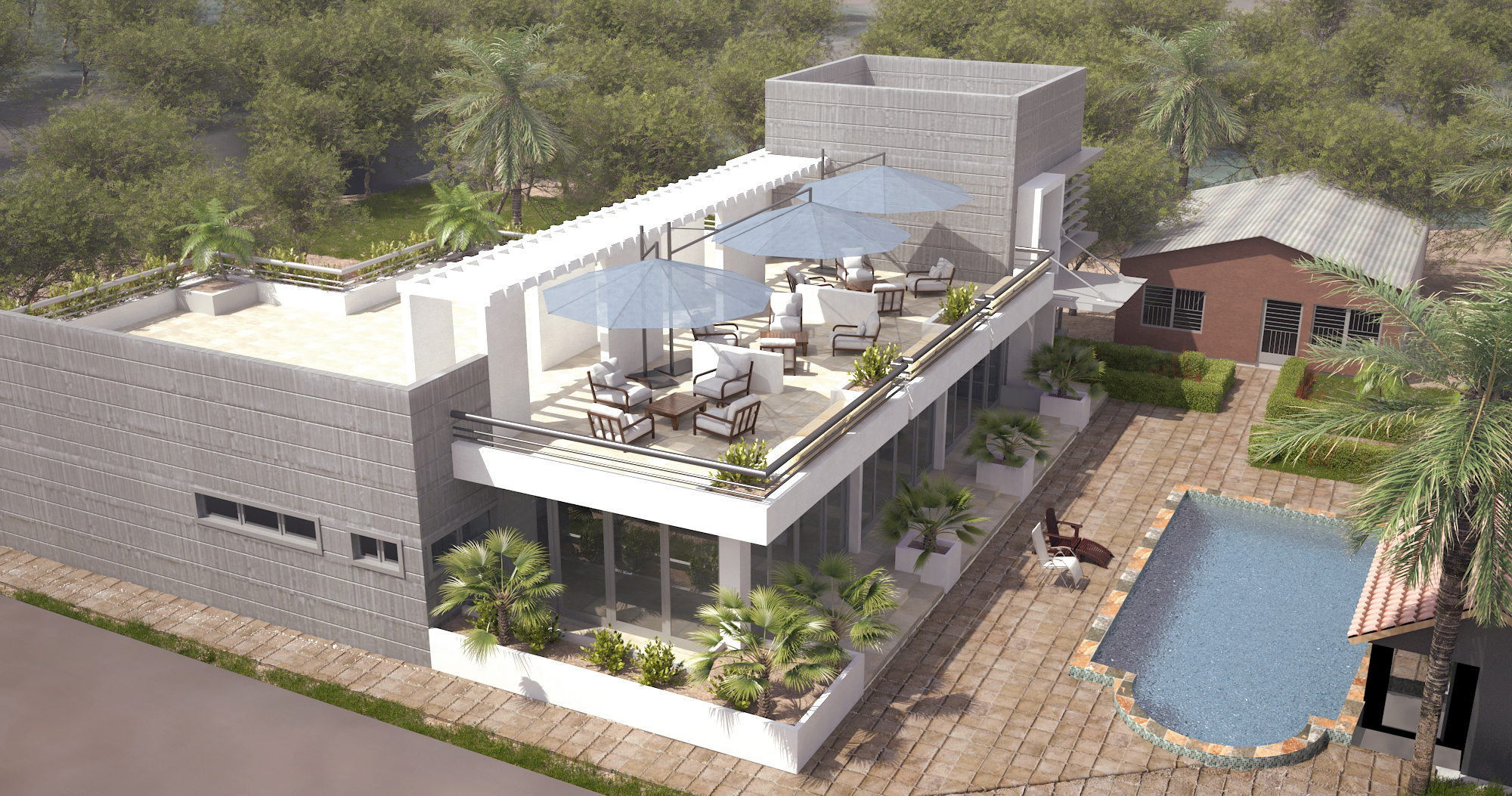Architecture and Sustainability
Sustainable Development is important for environmental stability of the planet Earth. It mainly focuses on preserving and not destabilizing or destroying the natural order of events. This therefore addresses two concepts;
- The concept of needs, consisting the conditions for maintaining an acceptable life standard for all people, and
- The concept of limits of the capacity of the environment to fulfill the needs of the present and the future, determined by the state of technology and social organization.
Architecture and Sustainability Factors
Architecture presents a unique challenge in the field of sustainability. Construction projects typically consume large amounts of materials, produce tons of waste, and often involve weighing the preservation of buildings that have historical significance against the desire for the development of newer, more modern designs.
Sustainable construction is defined as “the creation and responsible management of a healthy built environment based on resource efficient and ecological principles”. Sustainably designed buildings aim to lessen their impact on our environment through energy and resource efficiency.
It includes the following principles:
- Minimizing non-renewable resource consumption
- Enhancing the natural environment
- Eliminating or minimizing the use of toxic materials
“Sustainable building” can be defined as those buildings that have minimum adverse impacts on the built and natural environment, in terms of the building themselves, their immediate surroundings and the broader regional and global setting. Thus, the rational use of natural resources and appropriate management of the building stock will contribute to saving scarce resources reducing energy consumption and improving environmental quality.
Solar towers utilize the natural resource of the sun, and are a renewable energy source. From left: PS10 and PS20 solar towers | Sustainable Design
Sustainable buildings should:
- Harvest all their own water and energy needs on site.
- Be adapted specifically to site climate and evolve as conditions change.
- Operate pollution free and generate no waste that aren’t useful for some other process in the building or immediate environment.
- Promote the health and well-being of all inhabitants, as a healthy ecosystem does.
- It should comprise energy efficient integrated systems that maximize efficiency and comfort.
- Improve the health and diversity of the local ecosystem rather than degrade it.
- Be beautiful and inspire us to dream.
Sustainable design is the thoughtful integration of architecture with electrical, mechanical, and structural engineering. In addition to concern for the tradition; aesthetics of massing, proportion, scale, texture. Shadow and light, the facility design team needs to be concerned with long term costs: environmental, economic and human. All in all sustainable design is more of a philosophy of a building than perspective building style.
Source: architecture-student.com

